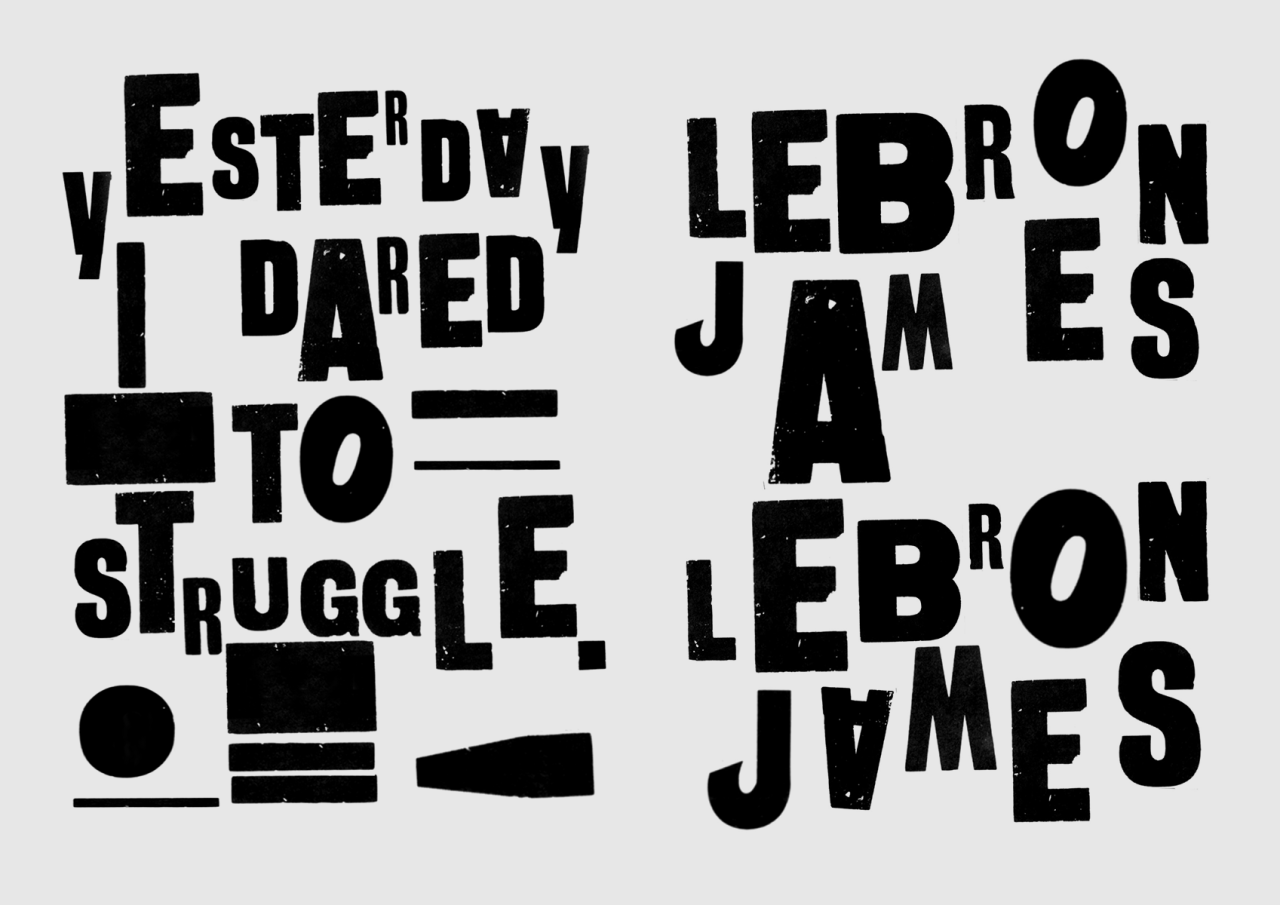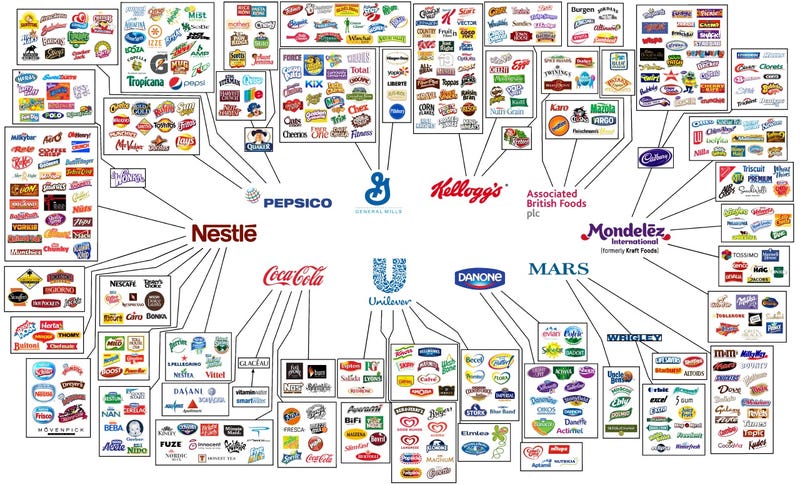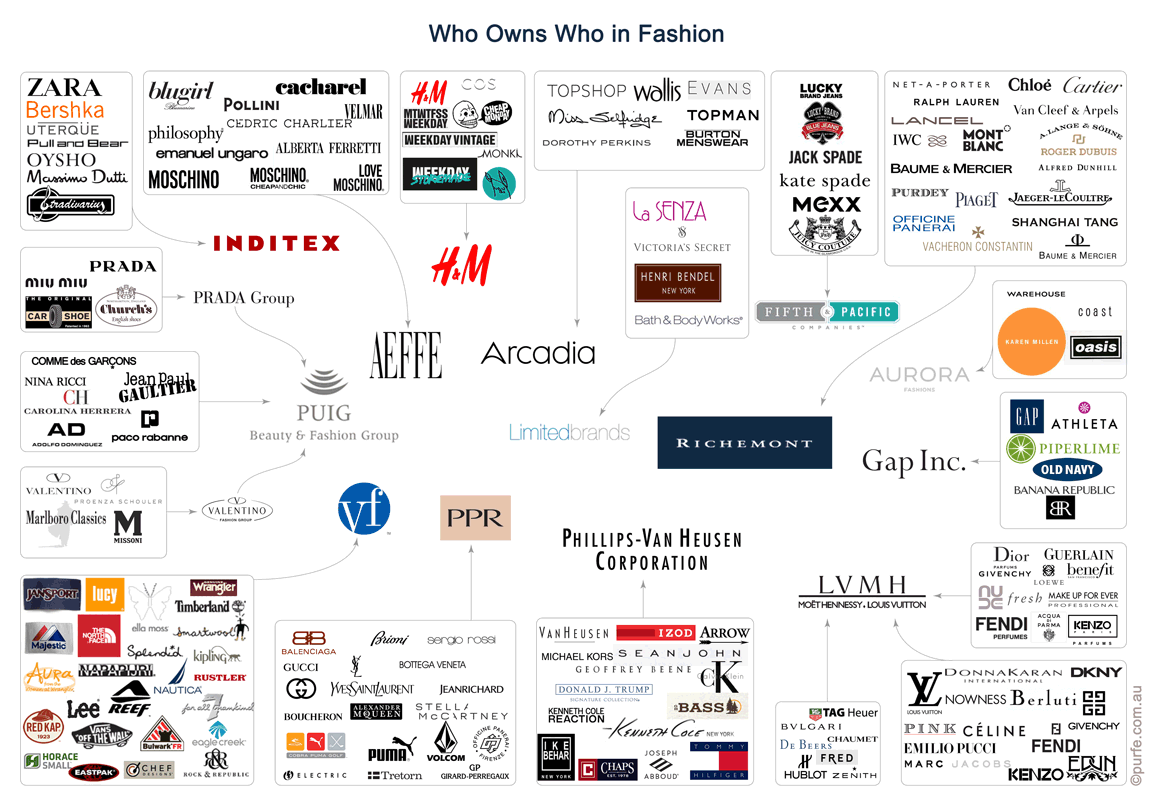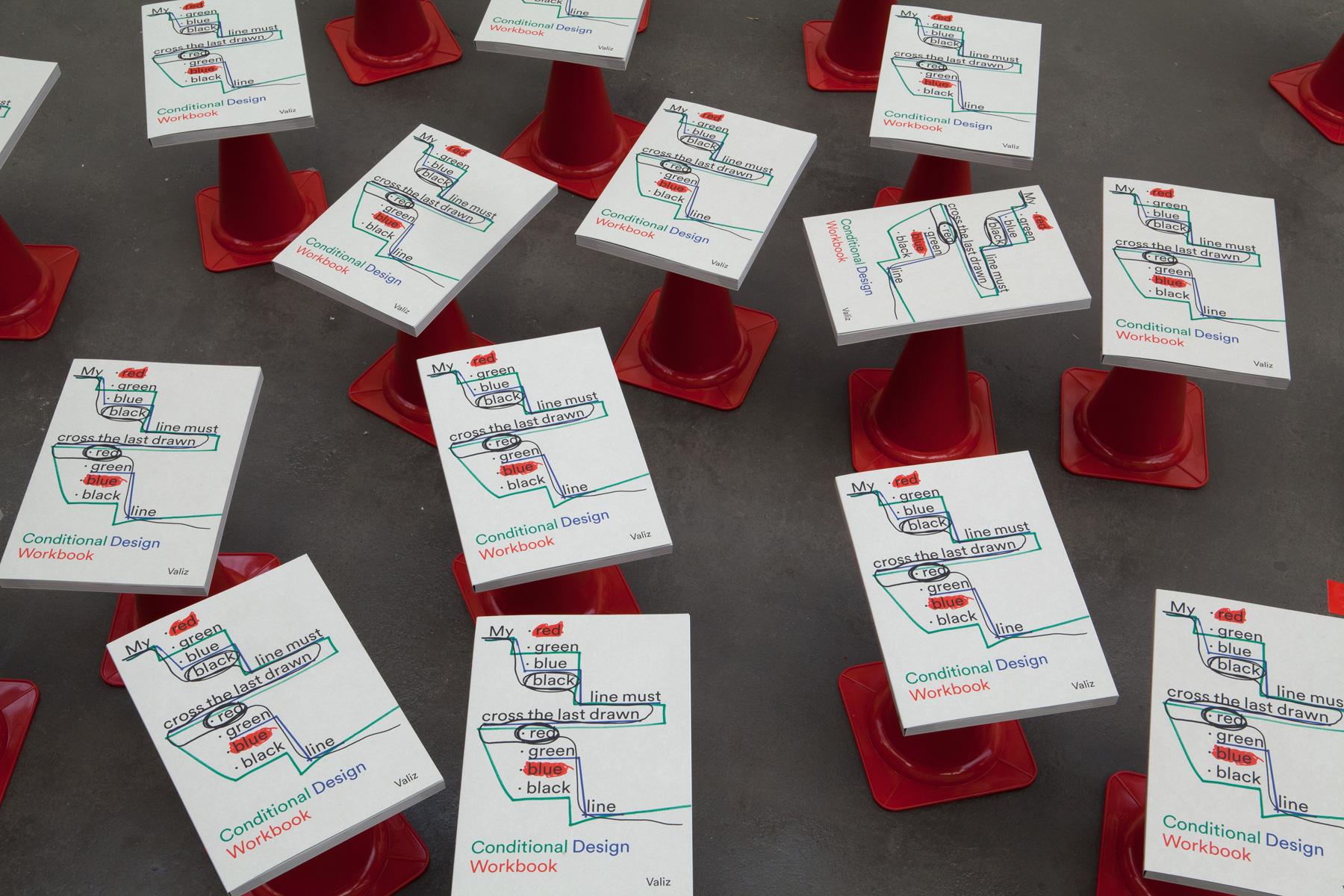Design Feature Research
Layout
Make use of all space
Contain a scattering of logos/ slogans to keep the image of the eatery
Dimensions of the menu card should be in proportion to the table they will be used on.
Should make use of gaze motion. (Ozdemir 2012) direct attention to what they want to sell more of.
Columns-
making use by highlighting certain areas, e.g. with use of boxes to highlight or white space
Used on promotional pieces
One column menus appear boring
Family dining make use of all space available to promote wide variety
More expensive eateries use two or three columns to pick out specialist options at each stage of dining.
Should contain similar amount of text within each on both front and back.
Boxes- used as sectioning tool, but to also define specialties.
Makes that one or two items stand out and be the ones that the restaurant considers the best.
Could be used to promote “new” recipes.
(Reynolds et all 2005) argues that boxes don’t always mean an increase in sales.
Colours- Often link to the surrounds of the restaurant.
Colour schemes should be followed and maintained throughout all menu relating material.
Most effective menus use a darker text colour, to promote easy reading.
Be readable in any lighting and be in keeping with atmosphere of restaurant (Sheridan 2001)
Typefaces-
This can be open to restaurant interpretation as to fit in in to what the pre existing graphic material contains
Make use of uppercase type
Bold or italic type
Exotic fonts help sell exotic foods. ( Kotschevar, 1987)
Emphasised texts-
Links to typeface.
prices are de-emphasised by centred justification. Don’t want people to choose from the price and not from what they would really like to eat.
A new trend to emphasise healthy food.
Images
General perception that food with images will sell.
(Gueguen 2012) images of sea significantly increase sales of seafood. But pictures of farms didn't increase sales of meat products.
Text and Language
Should keep to tone and style of dining, e.g. formal or casual.
Food should contain a small description which reflects accurately. (Hartwell and Edwards 2009)
Should list offerings but also communicate these understandably. (Jones and Mill 2001)
Format/ folds
How is it received by the customers,
is it in a booklet
a flat card
double sided
Have room for attachments within.
Finish
Essential spellchecks and magnified views to account for the detail some may see within.
Has to be covered and protected to account for the damage caused by customers. E.g. in children’s restaurants with crayons or spilt drinks.
Card or luxury paper menus have to be replaces if and when damage occurs.
These can be finished accordingly by the restaurant who may choose hoe to finalise the product before showing to customer. E.g. presented on a clipboard or in a folder.
Psychology Research
Pre evaluation
Is the prejudgment of the food we will receive.
Taken from whole surrounding experience but also menu portrayal.
Links to food label and description.
Post evaluation
After you have eaten what was ordered
This can be affected by your preconceptions- if these were high then even if the food wasn’t to standard you might still deem it as good.
Sweet spots on page
These are the locations in which the eyes are transfixed on moving too regardless of colours or type.
This is accurate for the starter or entrée selections. People pay most attention to the top or bottom of the list. (Dayan and Barhillel 2011)
Visual gaze
This is linked to the visual gaze, as eyes wonder and then return to certain options.
Remembering
As a rule we tend to remember what we want to order from its specific wording
Or its location on the page
As with the starters, we tend to remember only the first and the last options on the list.
Price perception
People search for value for money.
Not necessarily what is the cheapest.
Extreme aversion, people don’t go for the most expensive or the least expensive.
People judge general price, and go off first thing they read. This should be expensive for the rest to then seem cheap.
“for two” deals work due to people assuming that is the best offer for them
This is a clear target market and can limit choices to maybe new customers overwhelmed with what is the best choice.
In “per person” cases people generally don’t multiple by how many people will be eating.
Prices should be centred and not right justified, as people tend to look down a list of prices and search for cheapest first before.
If two prices are there for a “small” or “large” portion, people feel they have got a choice and can compare. E.g. bracketing.
The pound sign also indicates expensive price. No pound sign or just a single number makes consumers not recognise it’s a price so will pay more. E.g. 11 looks better and £11.00
The more the exotic the label or vivid the description the more people are willing to pay (Wansink 2001)
(Shoemaker et all 2005) detailed menu descriptions negate impact of price
Descriptions act as an anchor for price bracket.
Quality Perception
People have expectations and it is necessary to satisfy these (Teng and Chang 2013)
Food quality relates to how well it is labeled and.
Adjectives add to this.
Description
People read the quality of the ingredients
(McCall and Lynn 2008) the more complex, the higher the quality
New trend to fresh, nutritious ingredients are better so have higher quality.
Label
Evocative labels appeal to the senses can help customers have a positive image. (Lockyer 2006)
Increase of one forth when using good label (Wansink 2005)
Cultural Perception
People can determine what they want from what cuisine has native foods. Want to experience their best foods
People are draw to the words such as “tradition”, “family favourite”.
Familiarity Vs Exotic
Are people risk adverse
Or open to trying new things
Special boards are an example of trying to sway peoples normal ordering habits by suggesting something unseen on the menu and often promotes an immediate decision.
Bahattin Ozdemir & Osman Caliskan (2015) Menu
Design: A
Review of
Literature, Journal of Foodservice Business Research, 18:3, 189-206, DOI:
10.1080/15378020.2015.1051428
http://www.telegraph.co.uk/finance/newsbysector/retailandconsumer/leisure/10388131/Pizza-Hut-restaurants-receive-60m-revamp.html
https://www.thesun.co.uk/living/1432019/pizza-hut-is-launching-a-menu-with-no-words-on-it-as-each-dish-is-written-in-emojis-instead/












































